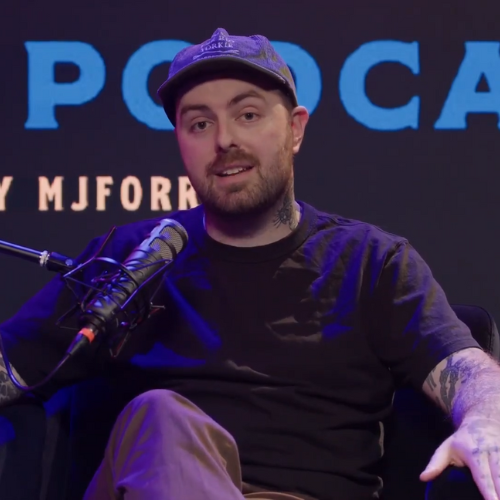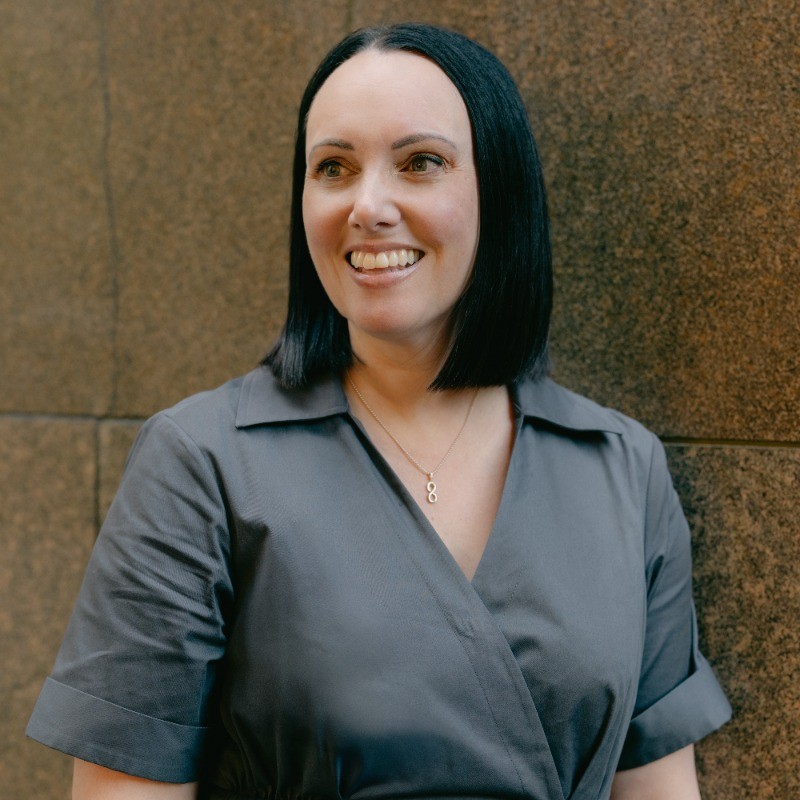How we soundproofed Humdinger studios
.jpg)
Humdinger Studos is in it's third building since being founded in 2012. With each new studio, the team have worked hard to improve the quality of the experience for clients. While there are some great studios around Melbourne, we felt that studios with good quality sound proofing were hard to find. So, when we moved into our space in Peveril Street in 2021, acoustics were our main focus.
Managing Director Evan Munro-Smith explains how we went about the creation of both our main studio and podcast studio.
When building the new studio - soundproofing was the number one priority for both the podcast and main studio - why was that?
Noise bleed is not an easy problem to solve! In our previous buildings we weren’t able to properly soundproof the studios either because the cost was too high or there wasn’t enough space to create the separation needed.
Not being able to soundproof the previous studios caused all the problems you’d expect for video and podcast recording, like interruptions when cars drove past, or having to shoosh people in the office if they were having too much fun.
It limited the kind of projects we could use them for, and was preventing us from running them as professional studios. Those frustrations really motivated us to take soundproofing more seriously when fitting out our new space.
When planning soundproofing - what did you have to take into consideration?
It started with the choice of building - we needed something larger that allowed us to build standalone double-walled studio spaces while keeping enough usable floor space to work in.
We had to consider what else we’d be doing in the building and try to put distance between the studios and anything potentially noisy. We also had to consider the building code, which has strict requirements around building materials, fresh air circulation and accessibility.
How was soundproofing integrated into the bones of the studio build?
The studios are double-walled with an air gap and clad in two layers of 16mm Fyrchek plaster on each exposed side, effectively creating a room within a room. The studio doors are custom made with added density and lined with Code 6 sheet lead, hung in solid oak frames and fitted with acoustic seals.
For our podcast studios, we built a circulation space so the studio doors don’t open straight into the hallway, which helps isolate the studios from the rest of the office.
All of our studios require fresh air circulation in order to meet building code requirements, but installing large air vents in the walls would compromise the soundproofing. To solve this we worked with an acoustic consultant who designed large U-shaped ‘baffle boxes’ which allow fresh air to flow while absorbing vibrations so noise doesn’t travel through them.
After the build what additional things did you do to further improve acoustics?
Once the studios were built we worked with Thomas from Verbox who supplied acoustic polyester to fully line the interior walls of our large video studio. He also supplied acoustic wall and ceiling panels for our podcast studios to absorb any reverberation.
What sort of feedback have you had about the soundproofing so far?
Excellent! Even industry veterans with sensitive shoots have been really impressed with the results, particularly compared with other studios in Melbourne.
Of course nothing is perfect - we are constantly working on the space and we always ask for feedback from clients on how we can improve!


























Got a project you want to get explore
At Humdinger we provide comprehensive services for projects including podcasts, video production, events, photography and more. We love collaborating with people (and brand people) on all sorts of projects so if you have something in the works, get in touch and bounce your idea off us!